C-reactive protein (CRP) is an inflammation blood test that usually runs high in polymyalgia rheumatica (PMR) and helps with diagnosis, monitoring, and spotting relapses — but it’s not perfect. A small minority have normal markers at diagnosis, and some medications (notably IL-6 blockers) can artificially lower CRP. Use CRP alongside symptoms, exam, and (when needed) imaging.
What CRP actually measures (and normal ranges)
CRP is a liver-made “acute-phase” protein. Interleukin-6 (IL-6) switches on CRP production; that’s why CRP rises quickly when inflammation is active and falls fast when it settles. Most labs report CRP in mg/L; a common “normal” cut-off is <10 mg/L (≈<1.0 mg/dL). (High-sensitivity CRP used for heart-risk is a different scale and not needed for PMR decisions.)
Why CRP matters in PMR
- Diagnosis support. The EULAR/ACR classification criteria for PMR include abnormal CRP and/or ESR (sedimentation rate) together with typical symptoms and age. In practice, ~90% of PMR patients have elevated CRP or ESR at diagnosis.
- Disease activity. CRP often mirrors how “inflamed” you are today. In classic prospective data, CRP tracked current activity better, while ESR predicted relapse risk a bit better—hence many clinicians check both.
- Treatment response. With effective prednisone, CRP and ESR typically normalize within ~2–4 weeks, often alongside symptom relief. Persistently high or re-rising CRP during taper prompts a re-check of symptoms, dose, and differentials (infection, another condition).
How high is “high” in PMR?
There’s no single magic number, but these patterns are common:
- New PMR: CRP is often above the lab’s upper limit (≥10 mg/L), and ESR is frequently >30–40 mm/h. Very high ESR (e.g., >100) raises concern for giant cell arteritis (GCA) or other serious conditions and warrants urgent assessment if symptoms fit.
- Relapse: Rising CRP/ESR plus return of morning stiffness and shoulder/hip aching suggests flare. Objective relapse definitions in research commonly require symptoms with CRP/ESR elevation.
Units tip: Reports may show CRP in mg/L (e.g., 28 mg/L) or mg/dL (2.8 mg/dL). Multiply mg/dL ×10 to get mg/L. “Normal” cut-offs vary by lab, but <10 mg/L is a widely used threshold.
Normal CRP (or ESR) does not completely rule out PMR
Most patients show high markers, but normal results happen:
- Classic series found approximately 1–2% of PMR patients had both CRP and ESR normal at diagnosis. Newer cohorts still report a small minority with normal or low CRP (<10 mg/L). Diagnosis in these cases leans more on symptoms, exam, imaging, and a clear response to low-dose steroids.
CRP vs ESR: which is “better”?
They answer slightly different questions:
- CRP: Quicker on/offs, less affected by age/anemia, often more sensitive to day-to-day activity.
- ESR: Can be better at predicting relapse in some studies.
That’s why guidelines and reviews favor ordering both at baseline and follow-up.
High CRP and the GCA connection (when to worry)
PMR and giant cell arteritis frequently overlap. If PMR symptoms are accompanied by new headache, scalp tenderness, jaw pain with chewing, or visual symptoms, seek urgent care—high CRP/ESR strengthens suspicion. In a prospective PMR cohort, a CRP ≥26.5 mg/L modestly increased the odds of subclinical GCA on vascular ultrasound; many centers now combine symptoms + exam + imaging (temporal/axillary ultrasound or PET/CTA/MRA) rather than relying on numbers alone.
When CRP can mislead
- On IL-6 inhibitors (tocilizumab, sarilumab). Because IL-6 drives CRP, these medicines can suppress CRP for days to weeks—creating a “CRP-blind spot,” even during infections. In patients on IL-6 blockers, clinicians rely more on symptoms, exam, cultures, imaging, and other labs (e.g., neutrophils).
- Non-PMR reasons for high CRP. Intercurrent infections, trauma, surgery, cancer, and other inflammatory diseases can spike CRP; obesity can chronically nudge CRP upward via IL-6 from adipose tissue. Always interpret CRP in context.
How clinicians actually use CRP in PMR (practical flow)
- At diagnosis: Check CRP + ESR (plus blood counts, chemistries). If PMR is likely and markers are high, start steroids and plan a slow taper; if markers are normal but suspicion stays high, consider ultrasound (shoulders/hips/temporal arteries) or PET-CT in select cases.
- Early follow-up (2–4 weeks): Expect CRP/ESR to improve or normalize alongside symptom relief; if not, re-examine the diagnosis, dosing, adherence, and look for infection.
- Tapering: If symptoms recur + CRP/ESR rise, that supports relapse; adjust the taper and consider steroid-sparing therapy if flares repeat. If symptoms recur but CRP/ESR are normal, clinicians still treat the symptoms and may use imaging or alternative markers (e.g., serum amyloid A) in tricky cases.
- GCA vigilance: Any cranial or visual red flags trigger urgent evaluation and higher-dose steroids, regardless of the CRP number.
Reading your own lab report — safely
- Look at the unit (mg/L vs mg/dL).
- Compare to the lab’s reference range.
- Track trend + symptoms, not just a single value.
- Remember the exceptions: normal markers in a small minority; artificially low CRP on IL-6 blockers.
Discuss changes with your clinician before adjusting any medication.
Bottom line
- CRP is a useful, fast-moving signal of inflammation in PMR—especially when combined with ESR and your symptoms.
- Most people with PMR have an elevated CRP/ESR at diagnosis; a few do not.
- Very high markers alongside GCA symptoms are an emergency.
- On IL-6 inhibitors, CRP can look “reassuringly low” even when trouble is brewing — clinicians use other tools to stay safe.
Medical disclaimer: Educational content only. Not medical advice. Always follow your clinician’s instructions and local protocols.
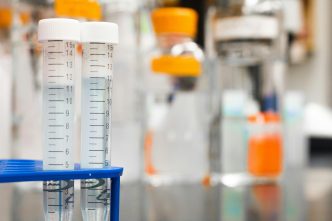
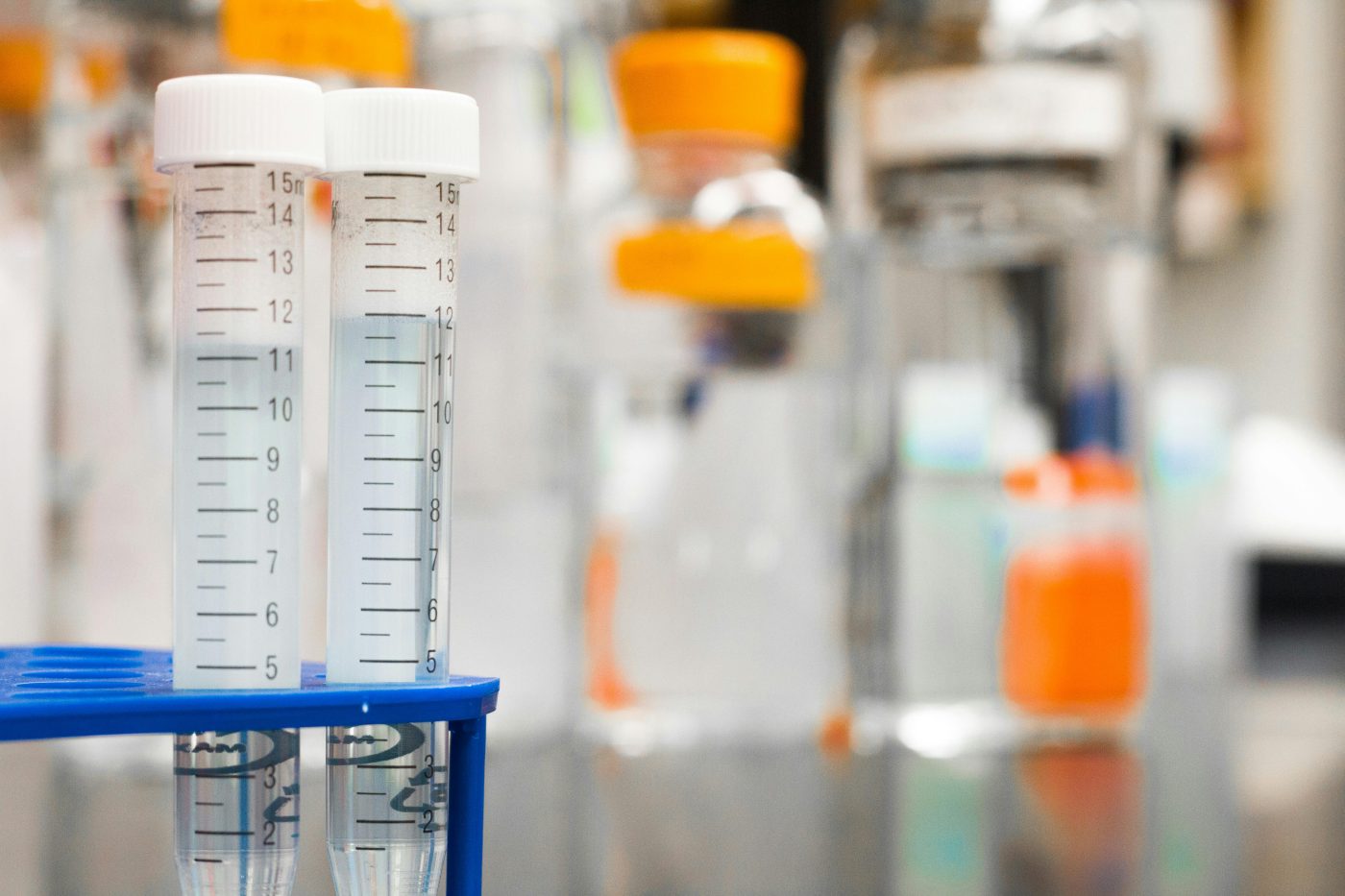


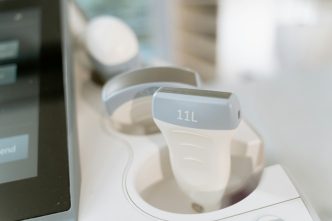
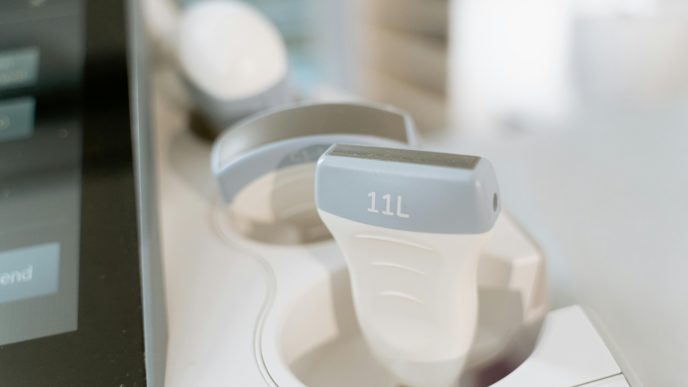



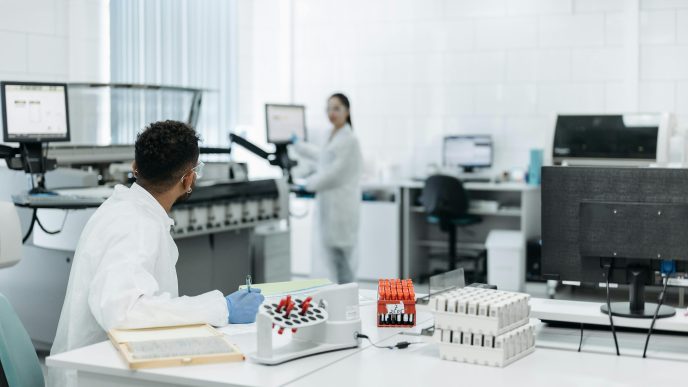


Ive had PMR close on 22months now plasma viscosity was18 now its 4 took 5 months to diagnose thought had 2 rotator cuff injuries but a GPfriend said its rare and to get viscosity test it was high put on steroids 15ml 4wks then 12 8wk 10 8wk all the way down to 1 which im on now for another 5wks i have and had for last 3months sciattica in right bum cheek somtimes left aswell very painful walking got co codamol 30/500 painkillers which dont like taking but dont help really get MRI scan see if back damaged at Coxcyx area we had lockdown with this virus 7months ago up until that i was swimming 3k 3/4 days a week but backs getting worse tried swim again but when tumble turning bit annoying lower back and next few days sciattica bad any solutions for this can it be my diet like meat chicken etc every other day dont drink or smoke been very active over 40yrs now 65 any advice would be appreciated. Billy
Check out a man named Joe Hippensteel. He deals with muscle lock
My CRP went over 100, diagnosed with PMR at 63, a week ago after suffering since last December. Classic symptoms shoulder pain, hip pain, wrist pain all fit the diagnosis and prednisone 20mg daily wipes out the pain, at least till about 1am. Then I take ibuprofen 200mg several times during the night till morning. I also am type2 diabetic and had been taking 25 units insulin 3 times a day. My glucose which used to be under control went close to 400. So for AM I now take 40units, lunch time 30 units, dinner 25 units. Even so, my midday glucose will still read 200.
I meant to say 4 pills of 200 mg so maybe 1600 to 2000mg ibuprofen. Before my diagnosis and prednisone, I was taking 3-gram ibuprofen a day, and it does help. I could function at least. But still had to keep taking it, and it does not kill most of the pain like prednisone does.
why would CRP levels come back low at 0.5mg/L when I’m having daily headaches and neck and back pain?